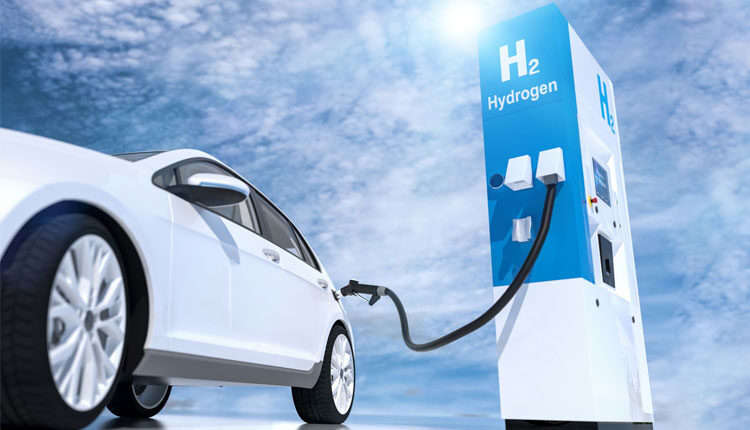The global commercial hydrogen vehicle market expanded 23.3% year-on-year, bucking skepticism about how the global market would perform owing to the COVID-19 pandemic. Across the world, in 2021, total sales of commercial hydrogen vehicles reached US$ 3.2 billion. Based on Fact.MR’s report, the global market for commercial hydrogen vehicles is anticipated to reach US$ 57.9 billion by 2032 expanding at a remarkable CAGR of 30.6% from 2022 to 2032.
Despite being the most prevalent element in the universe, hydrogen lacks independence, i.e., it must be separated from other substances, such as water or natural gas. However, there are trade-offs regarding cost and environmental impact, not all are made equal. Some of the features of FCEVs are high driving range, quick refilling, silent operation, and zero emissions of greenhouse gases & air pollutants. Therefore, using fuel cells for transportation and automotive purposes is suitable.
For significant applications in transportation, such as buses, cars, trains, defence vehicles, material handling vehicles, and light commercial vehicles, fuel cells are flexible and easily scalable sources of electricity. Demand for fuel cells in the automotive and transportation sectors may also increase as a result of several government initiatives.
To date, hydrogen use in the sector has been limited to less than 0.01% of the energy consumed, and two years back, hydrogen fuel cell electric vehicles accounted for a very small share of the global fleet of vehicles (<0.01%) and of electric vehicles (0.3%). At the end of June 2022, 50,000 FCEVs were on the roads across the world.
Key Takeaways from Market Study
- The global commercial hydrogen vehicle market is projected to expand at an impressive CAGR of 30.6% and create an absolute dollar opportunity US$ 54.7 billion by 2032.
- The market expanded at 10.8% CAGR for the period of 2017-2021.
- Under fuel cell technology, PEMFC commercial hydrogen vehicles dominate the market and are valued at US$ 3.5 billion in 2022.
- Buses & coaches dominated the market with 43.1% market share in 2022.
- Demand for commercial hydrogen vehicles is expected to increase at CAGRs of 33.9% and 31.5%, respectively, in the Americas and EMEA.
“Automobile manufacturers are adopting hydrogen fuel cell (HFC) technology to gain an early advantage in the automobile market,”
Market Development
Various governments have implemented several policies to address environmental issues. The Regional Hydrogen Hub, the Electrolysis and Clean Hydrogen Manufacturing, Recycling Programs, and the Bipartisan Infrastructure Law were all designed with inputs from stakeholders in mind. Two requests for information (RFI) were published by the U.S. Department of Energy (DOE). This will speed up development, lower technology costs, and increase the use of hydrogen as a source of clean energy.
For instance, to fulfil its goal of 1.5 million zero-emission vehicles by 2025, the U.S. state of California committed investment for the building of more than 100 hydrogen filling stations, which is boosting the market for commercial hydrogen fuel cell vehicles in the region
Get To Know More: https://www.factmr.com/report/commercial-hydrogen-vehicle-market


